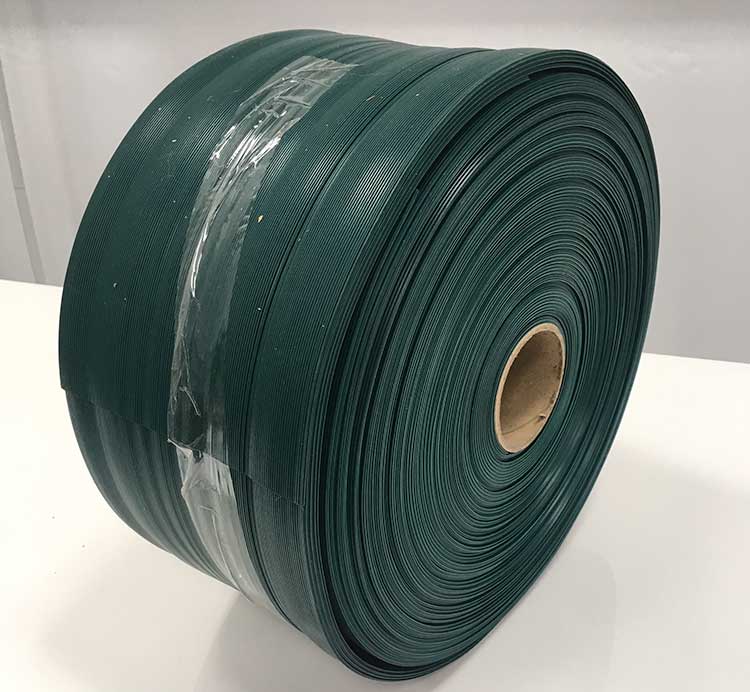- High performance, broader window of performance
- Longer life
- No Clogging
- Clear discharge water (low turbidity)
- No geotextile required
- No sand/gravel required
- Easy to install
- No maintenance required e.g. rodding of drains
- Easy to store, transport and handle on site
- Vertical drainage and Sustainable Urban Drainage Systems.
BENEFITS
High Performance
As explained in the How it works section Drainbelt and Draintube continues drawing water out of the soil long after conventional drainage has slowed down, having only removed the free water. This means that prior to the next rainfall event, with Drainbelt and Draintube, the soil will be in a drier state than it would otherwise have been with conventional drainage, so the soil can absorb more water, thus taking advantage of the attenuation capacity inherent in the soil.
Furthermore, Drainbelt and Draintube starts draining sooner than conventional drainage, which doesn’t start to drain at any appreciable rate until the soil is at or above Field Capacity when there is free water in the pores. The capillary action of Drainbelt and Draintube starts draining water before the soil reaches Field Capacity.
Conventional drainage systems have a narrow window of performance, whilst Drainbelt and Draintube have much broader performance window.


